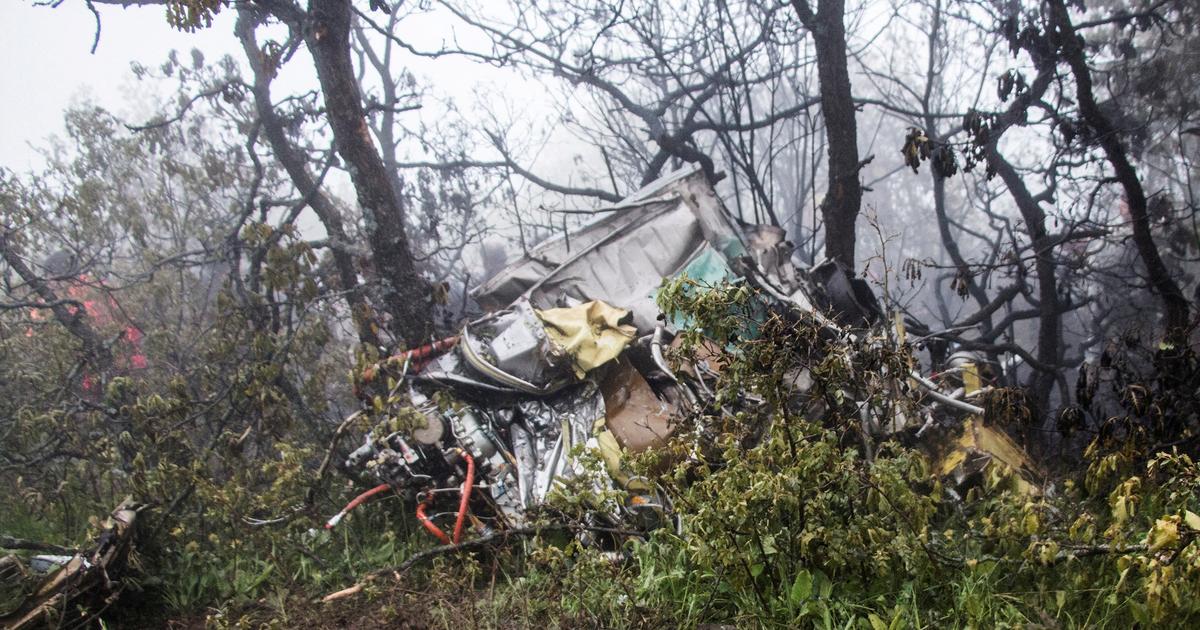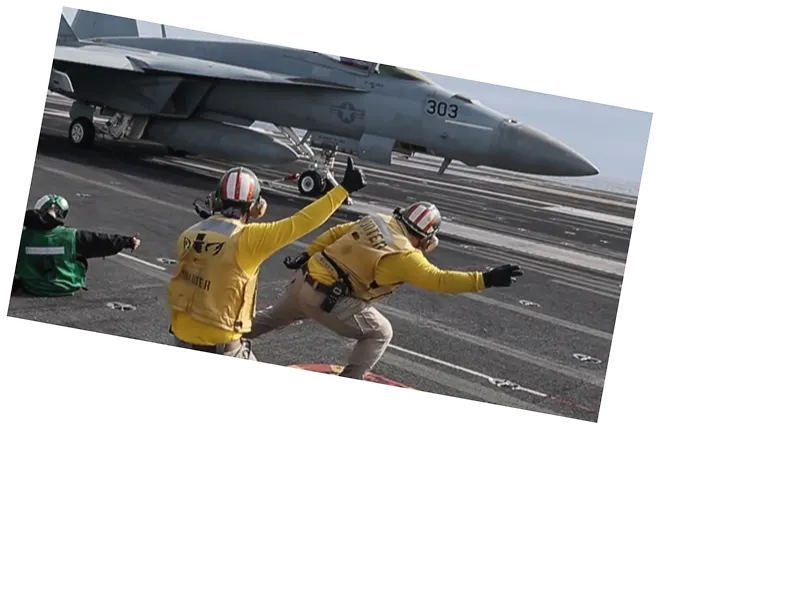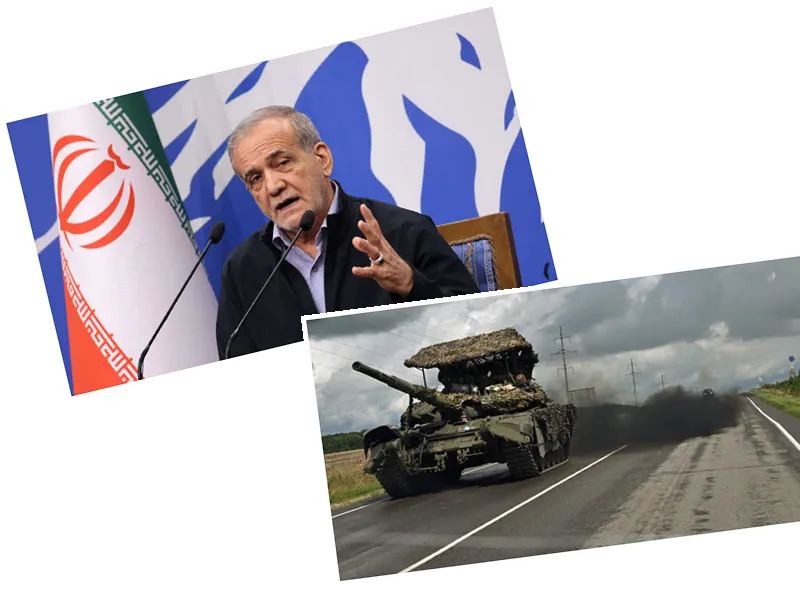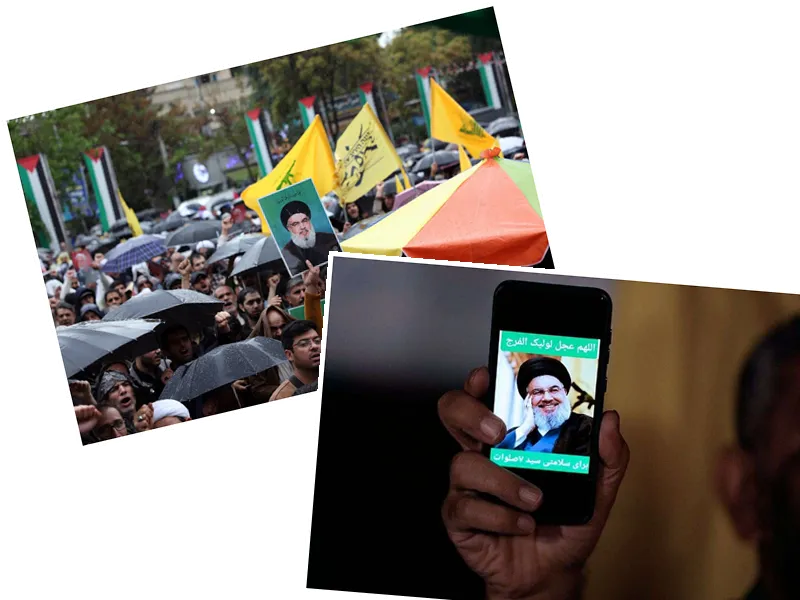The Helicopter Crash That Shook Iran: A Nation in Mourning
The tragic helicopter crash that claimed the life of Iranian President Ebrahim Raisi and other top officials has sent shockwaves across the nation and the global community. The Bell 212 helicopter, an American-made model from the Shah era, disappeared while flying over a heavily forested and mountainous area in East Azerbaijan under adverse weather conditions, including rain and thick fog. Iranian Foreign Minister Hossein Amir-Abdollahian and several other officials also perished in the accident.
Iranian Supreme Leader Ayatollah Ali Khamenei announced five days of national mourning and has appointed Vice President Mohammed Mokhber as the interim president. According to Iran's Constitution, a special council is expected to organize presidential elections within 50 days. Speculations abound on who will succeed Raisi, with names like Ali Larijani, Hassan Rouhani, Mahmoud Ahmadinejad, and even Khamenei's second son Mujtaba Khamenei being floated as potential candidates.
The United States was reportedly approached by the Iranian government for assistance but couldn’t provide logistical support under the circumstances. Nevertheless, the White House extended its condolences despite reiterating Raisi had 'blood on his hands' for his role in numerous human rights violations. Meanwhile, former Foreign Minister Mohammad Javad Zarif pointed to longstanding US sanctions as a contributing factor to the outdated state of Iran's aviation fleet.
Broader Context and Regional Implications
This incident has underscored the fragility of Iran's aviation sector, long crippled by international sanctions. With Iran relying heavily on outdated American-made aircraft, the accident has laid bare the deep-rooted logistical challenges faced by the country. A nonprofit organization, Flight Safety Foundation, noted that the Bell 212 in question had a history of accidents, the last being in September 2023 off the coast of the United Arab Emirates. Iran's aviation industry has had to resort to makeshift measures to keep these old aircraft operational, often without adequate support from their original manufacturers.
Regionally, the crash is seen as a significant but not game-changing event. The US Defense Minister Lloyd Austin and Israeli officials have stated that there’s no expected broader impact on regional security. Nonetheless, the incident comes amid recent low-key talks between the US and Iran in Oman and ongoing skirmishes between Iran and Israel. Russia, too, has offered to assist in the investigation, highlighting its deepening ties with Iran amidst the backdrop of the Ukraine conflict.
Global Responses and Future Prospects
The global community’s response to the tragic accident has been a mix of solemn condolences and strategic caution. Russian President Vladimir Putin labeled Raisi an 'outstanding politician' and a 'true friend of Russia,' emphasizing their close bilateral ties. Israel, while denying involvement in the crash, has shown measured concern but does not expect any shift in Iran’s policies towards the Jewish state.
The search and rescue operations faced significant challenges due to the remote and forested crash site. Rescue teams, comprising over 40 units, battled adverse weather conditions, including freezing temperatures and heavy fog. Ultimately, all nine bodies, including that of the president, were recovered and identified without the need for DNA testing.
- Among the challenges faced in maintaining Iran's aviation fleet are sanctions that have hampered the sale of spare parts and overall maintenance since 1979. Despite this, Iran managed to maintain a significant number of these helicopters operational, often with the help of China and Russia.
- Vice President Mohammed Mokhber has stepped in as interim president and must collaborate closely with the legislature and judiciary to organize presidential elections within 50 days, as mandated by the Constitution.
- Amidst international condolences, former Foreign Minister Muhammad Javad Zarif criticized the persistent US sanctions that have impacted the aviation sector, indirectly leading to the tragic accident.






